The introduction of eSIMs has revolutionized how we think about our mobile devices. eSIMs, or embedded SIMs, are new SIM cards built directly into your device, allowing you to switch between mobile networks without changing your SIM card physically.
In this blog post, we’ll take an in-depth look at eSIMs, covering everything from how they work, to the advantages they offer, to the carriers currently offering them. Whether you’re a tech enthusiast or simply curious about new technology, this blog post has something for you.
What is an eSIM?
An eSIM, or embedded SIM, is a new type of SIM card designed to allow users to switch their mobile phone service from one provider to another without having to swap out the SIM card in their device physically. This technology has become increasingly popular in recent years and is now available on some of the most popular smartphones on the market.
The eSIM is an evolution of the traditional SIM card, which stores user information, including phone numbers, contacts, and other data for activation with a service provider. Unlike a regular SIM card, however, an eSIM is embedded into the phone and can be programmed directly by the user. This allows users to connect to different networks with ease, as well as enable them to keep their current phone numbers if they switch providers.
What’s the difference between SIM and eSIM?
A traditional SIM card, or Subscriber Identity Module, is a physical card that contains all of your network information and allows you to connect to your mobile network. An eSIM (embedded SIM) is a digital version of a SIM card. It is embedded in your phone and is activated through your carrier’s network.
The main difference between a traditional SIM and an eSIM is the size. A traditional SIM card is a full-size SIM, which is 25x15mm, while an eSIM is tiny, measuring just 6mm x 5mm. This makes it easier to fit into any phone design.
Another advantage of eSIM over traditional SIM cards is that it can be programmed remotely. This means that you don’t need to go to a store or wait for a physical SIM card to arrive in order to activate your phone. Additionally, you can switch networks quickly and easily using an eSIM – perfect for those who travel frequently or need to switch service providers often.
The downside of eSIM technology is that it’s still fairly new, so not all devices support it yet. Additionally, you may need to pay extra for the privilege of using an eSIM – something that isn’t usually required when using a traditional SIM.
What are the benefits of using an eSIM?
The most significant advantage of using an eSIM is convenience. Unlike a traditional SIM card, you don’t have to carry around multiple physical cards or swap them out when switching devices. Instead, you can just change your service provider remotely.
An eSIM also offers flexibility, allowing you to keep multiple networks on the same device. You can switch between carriers with ease and quickly switch plans when needed.
Another benefit of using an eSIM is that it’s more secure than a traditional SIM card. Your data and personal information are encrypted, making it much harder for hackers and identity thieves to access your data.
Finally, eSIMs are more energy efficient. Traditional SIM cards require power to store and update data, but eSIMs use less energy and last longer.
Overall, eSIMs offer a lot of advantages, from increased convenience and flexibility to enhanced security and energy efficiency. With more and more devices supporting eSIM technology, this technology is quickly becoming the standard for cellular connectivity.
The Drawbacks of an eSIM
While eSIMs offer many advantages, there are some potential drawbacks to consider as well.
One issue with eSIMs is that they can be expensive. eSIMs are more expensive than traditional SIM cards and may require additional fees for activation and other services. Additionally, because eSIMs are relatively new, most mobile service providers do not yet offer them. This means that customers may need to pay for an extra service to use the eSIM.
Another drawback of eSIMs is that they are not universally compatible. While some smartphones support eSIM technology, other devices may not. This means that customers may be unable to use their eSIM with certain devices. Additionally, switching between providers or plans can be a bit more complicated with an eSIM, as it requires resetting the device or downloading a different profile in order to use the new plan.
Finally, while eSIMs provide added convenience, they also pose security risks. As with any technology, there are potential vulnerabilities that hackers could exploit to gain access to your data. Additionally, there have been reports of some eSIMs being susceptible to malicious attacks, making it important to be aware of potential risks when using an eSIM.
Which smartphones support eSIMs
As the technology is still relatively new, only some smartphones currently support eSIMs. However, more and more devices are now compatible with eSIMs, meaning that users are able to enjoy the benefits of this technology.
Apple was one of the first to introduce eSIMs into their devices. The iPhone XS, XS Max, XR and later models feature eSIMs and come pre-installed with the necessary software. Google’s Pixel 3 and Pixel 4 devices also feature eSIMs, as do some Samsung devices such as the Galaxy S20 and S20 Ultra. LG’s V50 ThinQ 5G, Xiaomi Mi Mix 3 5G, Huawei Mate 20 Pro and many other devices have also been released with eSIM capability.
Many mobile networks have made it possible for customers to use an eSIM on their smartphones. Verizon, AT&T, T-Mobile and Sprint are just a few of the carriers that now offer customers the chance to use an eSIM card in their device.
It is likely that even more phones will be released with eSIM compatibility over the coming years. As this technology becomes more widespread, users can look forward to even more flexibility and convenience when it comes to using their devices.
How to Apply for an eSIM Card
Once you have the compatible device, you will need to contact your service provider to request an eSIM. The process of obtaining an eSIM is slightly different depending on which provider you are using, but in most cases, you will be able to do this online or over the phone. Your provider may require you to provide proof of purchase of the device, as well as other identifying information.
Once you have received your eSIM card, you will need to activate it. Depending on your provider, you may be able to do this via the settings menu on your device, or you may need to use a special activation code. Once the activation is complete, your device will be ready to use.
An embedded-SIM ID (EID) is necessary for eSIM card applications. EID is related to whether your device is built with an eSIM smart chip. It is possible to view the EID information by going to Settings > About phone > Show EID. If the EID information is not displayed, it indicates that the device does not support this feature.
How to add an eSIM to your iPhone
Adding an eSIM to your iPhone is an easy process, and once it’s set up you won’t need to worry about it again. Here are the steps to follow:
- On your iPhone, open the Settings app and select Cellular.
- Tap Add Cellular Plan.
- Use your iPhone camera to scan the QR code provided by your carrier or manually enter the plan’s details.
- If you have a physical SIM card, you can insert it into the SIM card tray on your iPhone.
- Once the process is complete, you will see the new eSIM listed under Cellular Data Plans in Settings.
- You can also add an eSIM to your iPhone using the Apple Watch app if you have an Apple Watch with cellular connectivity. To do this, simply open the Watch app, select Cellular, and then select Add a New Plan. From there, follow the same steps as above to add your eSIM.
- Once you’ve added your eSIM, you’ll be able to use it for data and voice services, depending on what your carrier offers. You can also switch between your regular SIM and eSIM easily at any time.
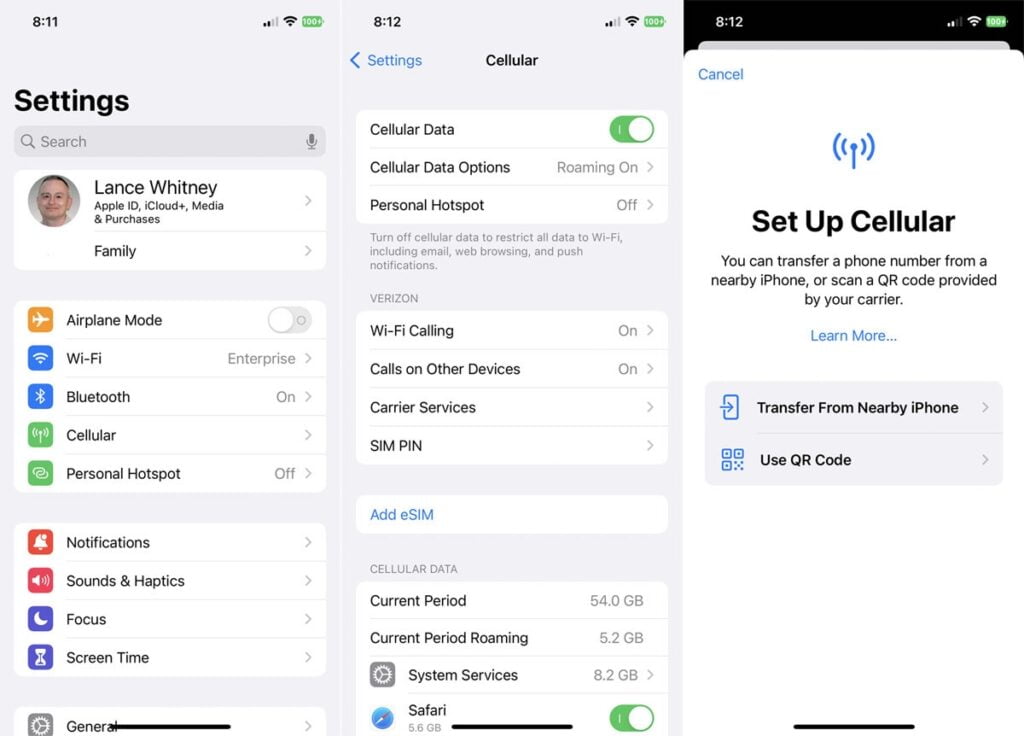
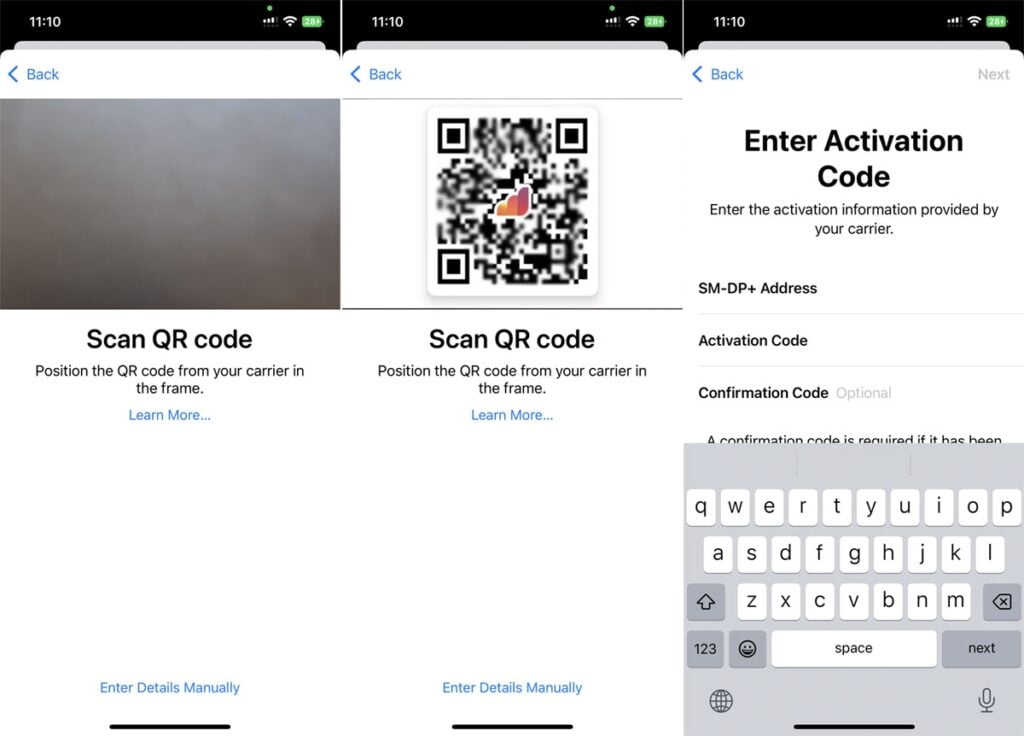
How to install an eSIM on Samsung Galaxy S20 / S20+ / S21 / S21+ devices?
Installing an eSIM on a Samsung Galaxy S20 / S20+ / S21 / S21+ device is a straightforward process. Before you begin, you will need to acquire an eSIM card from your wireless service provider.
Once you have your eSIM, follow the steps below to get it set up:
- Open the Settings app and select “Connections”.
- Tap on the SIM card manager
- Select Add mobile plan
- Tap “eSIM” followed by “Add eSIM profile”.
- Select the option for activating the eSIM with a QR code and scan the QR code provided by your wireless provider.
- Enter your wireless carrier information and choose a name for the eSIM profile.
- When prompted, enter the activation codes from your wireless provider.
- Confirm that all of the information is correct, then tap “OK” to save the profile.
- Your Samsung Galaxy S20 / S20+ / S21 / S21+ device will now recognize the eSIM and display it under “Connections”.
- You can now use the eSIM on your device to access cellular data, make and receive phone calls, and send text messages. Enjoy!
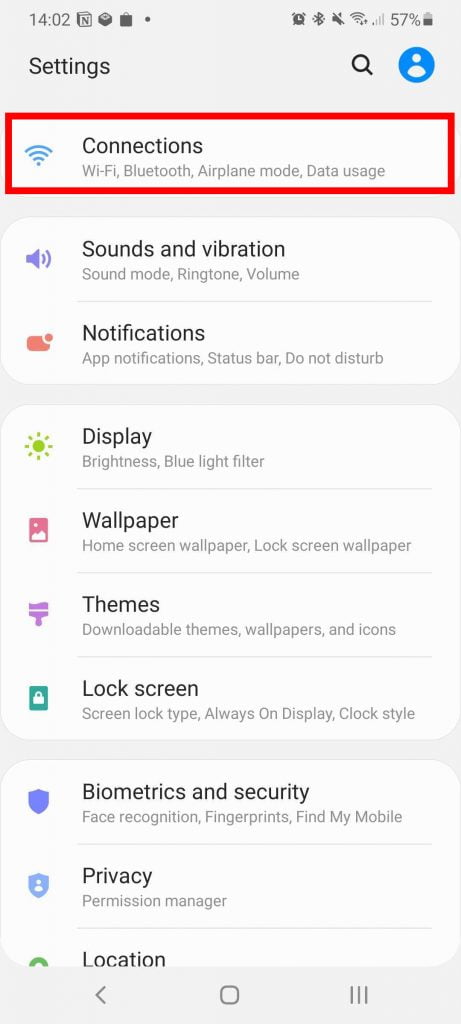
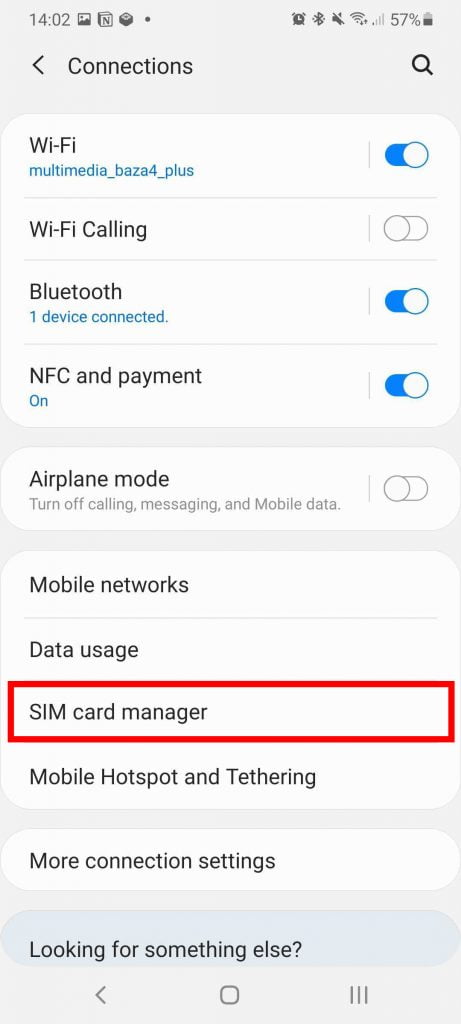
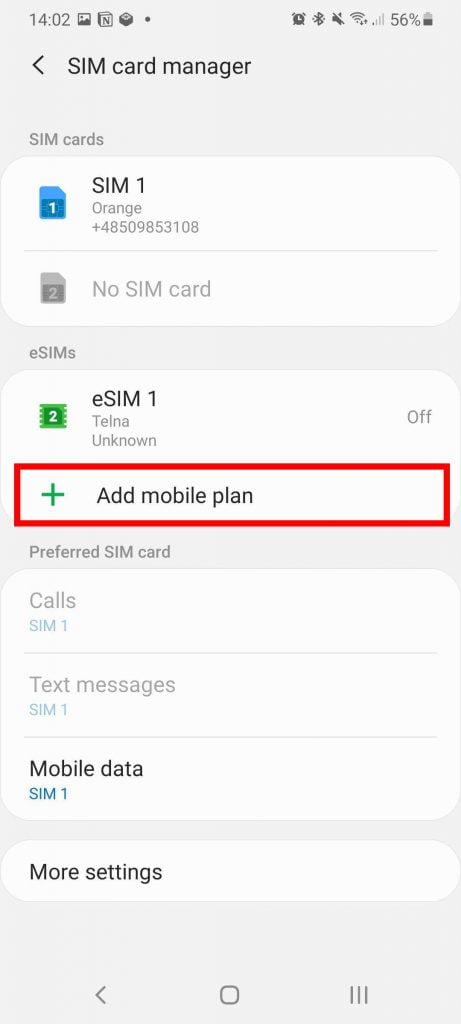
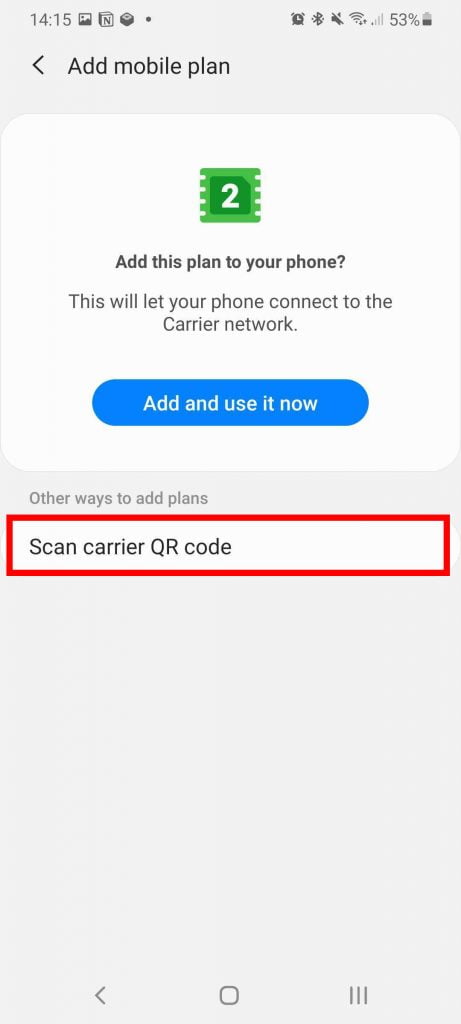
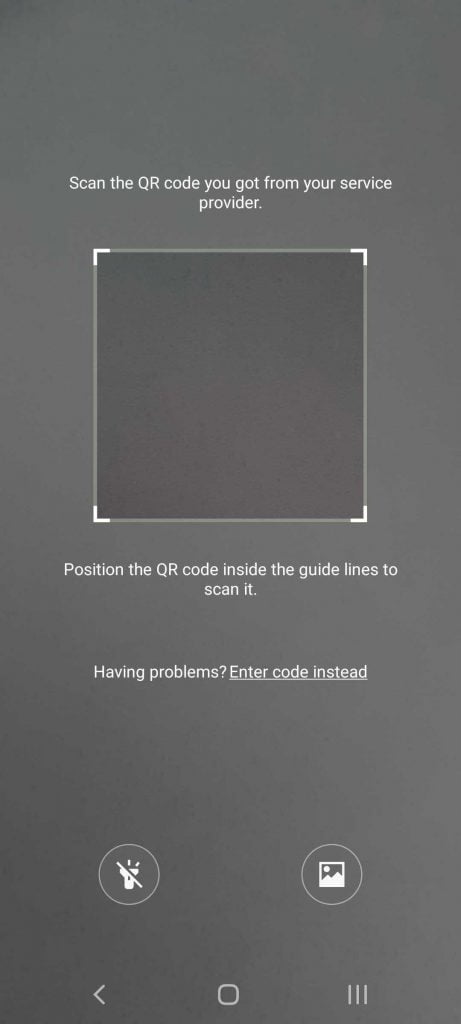
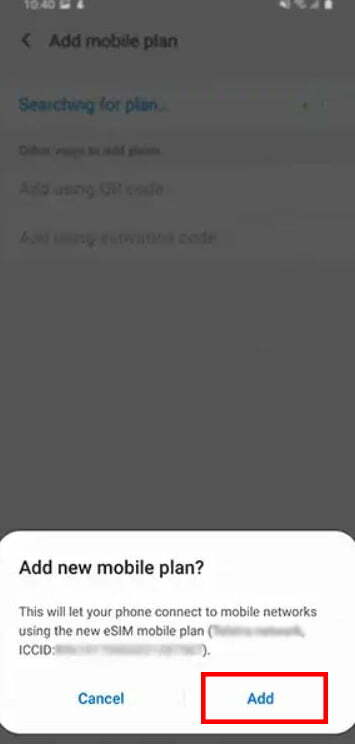
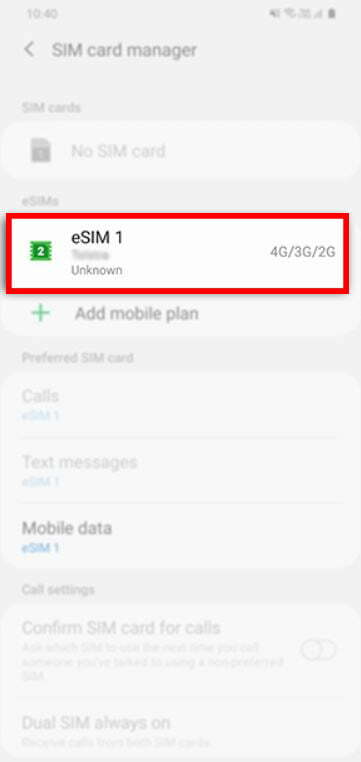
How to install an eSIM on Huawei
Next, go to Settings > Mobile Network > SIM Management on your Huawei device. From there, you’ll want to touch the button next to the SIM 2 slot. This will bring up a prompt to scan the image provided with the activation code, which you can do with the camera app on your device. Once you’ve done that, enter the activation code, and you’ll be all set!
We hope this article helped you learn about eSim.

Are you enjoying your time on JBKlutse?
Articles like these are sponsored free for everyone through the support of generous readers just like you. Thanks to their partnership in our mission, we reach more than 50,000 unique users monthly!
Please help us continue to bring the tech narrative to people everywhere through relevant and simple tech news, reviews, buying guides, and more.
Support JBKkutse with a gift today!